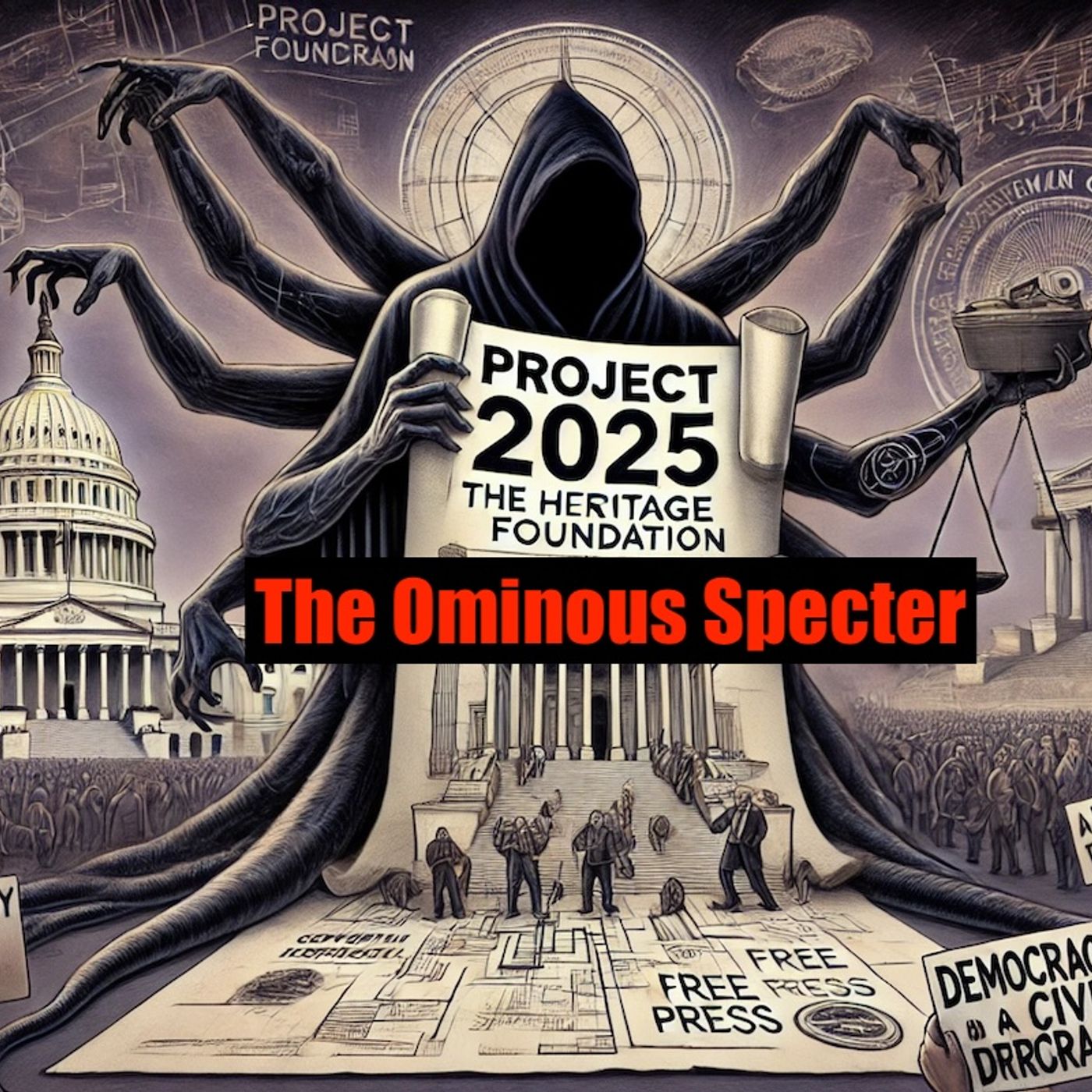
The Heritage Foundation's Anti-Union Roadmap: Analyzing the Controversial Project 2025

Project 2025: The Ominous Specter
Shownotes Transcript
The Heritage Foundation's "Project 2025" is emerging as a significant and controversial roadmap poised to substantially impact labor unions in the United States. It's a comprehensive plan designed to be implemented within the first 180 days of a new administration sympathetic to its goals.Project 2025 explicitly aims to weaken the power and influence of labor unions, which are seen by the Heritage Foundation as obstacles to economic efficiency and individual freedom. The project includes detailed strategies to dismantle the legislative and administrative frameworks that support union activities and workers' collective bargaining rights.One of the key components of Project 2025 is the rollback of policies and regulations that facilitate union organizing and operations. This would involve revising, or entirely rescinding, the National Labor Relations Act (NLRA) provisions that protect workers’ rights to form, join, and support unions. Regulatory agencies such as the National Labor Relations Board (NLRB) would face significant restructuring to ensure their actions align closely with the project’s objectives.The plan also targets the financial sustainability of unions. Project 2025 proposes changes to how union dues are collected and used, potentially introducing ‘right-to-work’ laws at a federal level, which allow employees to benefit from union negotiations without financially contributing to the union itself. This could deprive unions of critical funding necessary for their operation and advocacy efforts.Project 2025 further advocates for the decentralization of collective bargaining, aiming to reduce the influence of national unions and promote individual negotiations between employees and employers. This structural shift is expected to diminish the negotiating power of workers, making it harder for them to secure fair wages, benefits, and working conditions.In addition to legislative and regulatory changes, Project 2025 includes a public relations campaign aimed at reshaping public perception of unions. By highlighting instances of corruption within unions and emphasizing individual economic freedom, the project seeks to garner widespread public support for its anti-union measures.Critics argue that Project 2025’s anti-union stance could significantly harm workers’ rights and economic equality. Unions have historically played a crucial role in securing better wages, benefits, and working conditions for their members. The measures proposed by Project 2025 could undermine these efforts, leading to increased economic disparity and weakening the collective voice of workers.Supporters of Project 2025, however, argue that the plan will enhance economic efficiency and individual liberty by reducing what they see as coercive union practices. They believe that empowering individuals to negotiate directly with their employers without union intermediaries will lead to a more dynamic and responsive labor market.As debates around Project 2025 intensify, the potential implications for labor unions and worker rights remain a focal point of concern and contention. The long-term impact of these proposed measures will largely depend on the political landscape and the ability of unions and their supporters to mobilize against such drastic changes to labor laws and regulations.